A Review of Allura Fiber Cement Siding

Todd Gillman
Todd Gillman, the Building Product Advisor Editor specializing in Branding & Company Reviews, thrives on sharing his wealth of knowledge in construction and building trends. His valuable contributions can be explored on Building Product Advisor, where Todd plays a pivotal role in educating readers through comprehensive branding insights and meticulous company and product reviews.
Built in the late 1960’s, my parents’ home has served them well for many, many years. Having raised three children and been the source of countless memories, there is just too much nostalgia with the old house to ever let it go.
But there have been times when we have wanted to. A major leak in the roof led to a full-blown roofing replacement several years back, and all of the windows and doors have already been upgraded to more modern products.
Now, as the wood plank siding seemingly drinks gallons of paint every autumn, the truth has become clear: a complete siding replacement is in the offing.
When exploring the various types of house siding, we knew that we did not want to go with traditional wood again. We are ready for our painting days to be over. Vinyl tiles are out of the question, as too many of my parents’ neighbors have horror stories of wind gusts ripping off their vinyl siding unexpectedly.
So what did we decide on? Allura fiber cement siding.
As their starter home has now become their forever home, fiber cement just seemed to check off all of the boxes for what we were looking for in a siding material.
Fabricated from a mixture of sand, cellulose fiber, silica, and Portland cement, Allura fiber cement siding is an inorganic product that is completely moisture, fire, and impact resistant. It will last well over 30 years with the proper care (which does not involve annual painting!) making it the perfect low maintenance siding choice for my parents as they live out their golden years in the home that has become their dream.
If you are wondering why we decided on Allura instead of other fiber cement providers, the choice was clear: their wood-look products are far more authentic than their competitors, providing curb appeal that is nearly indistinguishable from the natural wood that served as a hallmark of my parents’ home for decades. So while my parents’ home will now be protected with a much more durable, low maintenance siding product than their previous wood planks provided, onlookers would never know it based on the rustic charm encapsulated by Allure wood-look fiber cement planks.
For more information on how Allura is changing the game in home design and renovation with its fiber cement products, keep reading for a detailed review of everything its products offer.
Allura Products
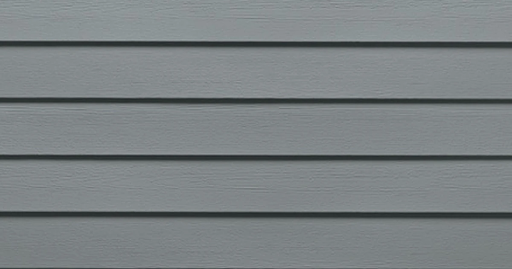
Although Allura is a nationwide leader in the manufacture of fiber cement siding, the company has a diverse product catalog, offering materials such as backerboard, soffit, and door and window trim.
With that said, it is the siding that is the company’s bread and butter. Allura offers fiber cement panels, lap siding, and shakes across a wide array of colors and designs to establish any type of exterior aesthetic that the homeowner prefers.
Manufactured from a combination of sand, silica, cellulose fibers, and Portland cement, Allura fiber cement siding is one of the most sustainable building materials on the market. Although diverse in its design possibilities, it is Allura’s wood-look shakes and lap planks for which the company is most well-known. Some other benefits of choosing an Allura fiber cement siding product include:
- Impervious to moisture
- Class A fire rating
- Elite impact resistance
- Outstanding resistance to pests
At the end of the day, this wide range of unique benefits makes Allura fiber cement one of the most appealing siding products on the market. Some of Allura's additional products include:
Shake Siding
Shake Siding from Allura replicates the appearance of real cedar shakes while offering the advantages of fiber cement. This siding option adds warmth and texture to your home's exterior. It's an excellent choice for achieving a cozy, rustic look while benefiting from the durability and fire resistance of fiber cement.
Architectural Panels
For a contemporary and bold look, Allura's Architectural Panels are an excellent choice. These large-format panels create a striking, modern aesthetic that's perfect for mid-century modern house exteriors. With a range of textures and sizes, they allow for distinctive designs that stand out.
Trim and Soffits
Allura provides complementary Trim and Soffit materials that seamlessly integrate with their siding options. These components are designed to ensure a cohesive and finished look, adding to the overall appeal of your home exterior.
Backerboard
Allura's Backerboard is an essential component when it comes to construction or renovation projects. It offers superior moisture resistance and stability, providing a reliable foundation for various exterior finishes.
Cost, Installation, and Maintenance
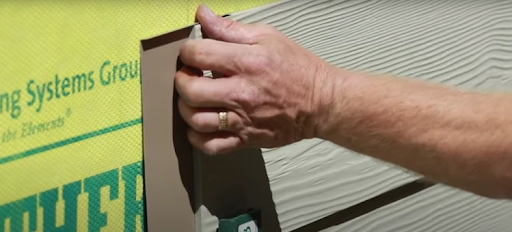
In terms of dollars and cents, basic Allura planks and panels will cost anywhere between $1.55 and $2.75 per square foot. Shakes and shingles will cost between $3.50 and $5.65 per square foot.
In most locations, you can expect to add about $3 per square foot for installation costs. Be aware, however, that this figure may vary based on your contractor’s experience, the condition of your framing substrate, and overall square footage of your house.
So, as a ballpark estimate, you can expect the total installation cost of Allura fiber cement siding to be as low as $4.50 per square foot for basic planks to upwards of $9 per square foot for more intricate Allura shakes.
Opponents may try to argue that Allura fiber cement is more expensive than some other types of siding options. While this may be true in some cases, it is important to remember that Allura fiber cement requires next to no maintenance in terms of painting or sealing, so the lifetime cost of ownership is actually lower than for cheaper products that must be frequently fixed, treated, or replaced.
For example, most homeowners simply need to pressure wash their fiber cement siding once a year to prevent debris buildup that may cause discoloration. While some homeowners do report needing to paint their fiber cement siding, this happens only every 10 years or so. In the event that you do need to paint your older fiber cement siding, it takes paint very well and will result in a smooth, consistent appearance that locks in curb appeal for years to come.
Allura fiber cement siding is available at many home improvement stores, such as Alpine Lumber and Ace Home Center. For specific locations close to you, the company provides this handy store locator tool.
Allura Warranty Information
Allura’s fiber cement siding comes with a 30-year warranty from the date of purchase. It is guaranteed to resist damage caused by hail or termite attacks and to be free from any defects in manufacturing and workmanship. For all of the fine print regarding Allura’s warranty, click here.
My Allura Fiber Cement Siding Review: The Right Choice for My Parents’ Home
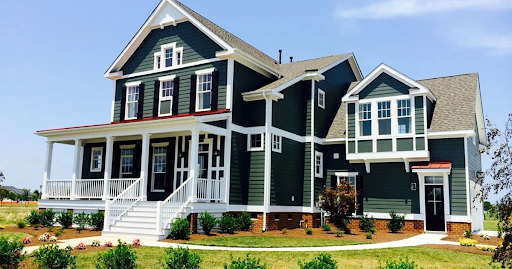
With my parents’ cozy old home aging alongside them, we have had to perform a number of major renovations over the years. The next project on the list is a siding replacement, as the decrepit old wood planks are consuming more in paint than what they are worth. To avoid this pitfall as my parents enter their golden years, the next siding choice is obvious: Allura fiber cement. Its durable, low maintenance fabrication is the perfect choice for securing the home’s building envelope for years to come, and with a wood-like fabrication that is nearly indistinguishable from the old wood planks, Allura guarantees that while the quality of the siding is cutting-edge, the heart and soul of the home remains the same.
Get Smarter About Building Products
Join 50,000+ subscribers and get our 3 min daily newsletter on what matters in the building materials industry.
You might like this

Exploring Excellence: A Comprehensive Review of VIVA Railings
In the realm of architectural design and construction, the choice of railings plays a pivotal role in both aesthetics and functionality. One name that has been making waves in the commercial sector is VIVA Railings. Renowned for their innovative products and commitment to quality, VIVA Railings has established itself as a leading supplier in the […]
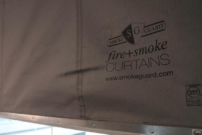
Enhancing Safety with Smoke Guard: A Comprehensive Review
In the realm of fire safety, architects, designers, and building owners are continually seeking innovative solutions to enhance the protection of occupants and property. One name that stands out in this field is Smoke Guard, a leading manufacturer dedicated to providing cutting-edge fire and smoke containment solutions. In this review, we will delve into the […]
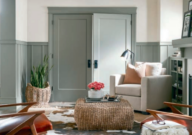
Elevate Your Living Spaces with Metrie: A Comprehensive Manufacturer Review
In the realm of interior design and home improvement, the choice of moulding, trim, doors, and panels can significantly impact the overall aesthetic and atmosphere of a space. One company that has been consistently delivering high-quality products to elevate living spaces is Metrie. In this comprehensive manufacturer review, we will dive into Metrie’s diverse product […]